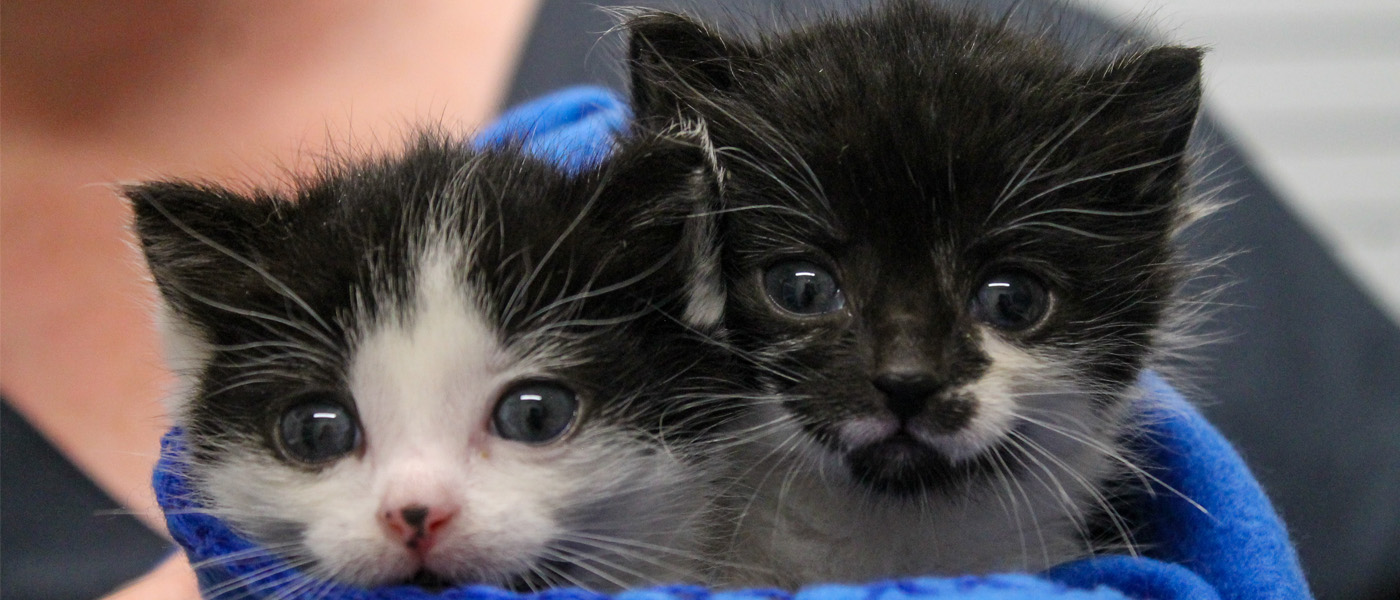
With vaccination rates increasing in the small animal world, it would be nice to think that the occurrence of feline panleukopenia or feline parvovirus, is a thing of the past but that is not the case. Veterinary teams across Vetlife clinics in the South Island have seen many cases recently.
This disease, also known as feline distemper, is highly contagious and has an extremely high mortality rate, especially among young kittens. The virus lives in an unvaccinated population and lasts for months in the environment.
Vetlife work with over 19 rescue organisations across the South Island. With recorded kittens numbers very high over the 2021/2022 season, we have seen many rescue cases as well as family-owned cases. This is even though rescue facilities require stringent cleaning and health management protocols to try and prevent the transmission of this hardy virus.
Recent feline panleukopenia cases have included a four-month-old kitten that died despite several days of intensive therapy, and a two-year-old cat that recovered after two days of hospitalisation.
How is feline panleukopenia transmitted?
Transmission of the virus occurs from cats encountering virus particles in the excretions and secretions of infected cats. It can be shed in the faeces of recovering cats for up to six weeks!
The virus is very hardy and can be transported on surfaces, clothing, and any animal or parasite related to them. Most free-roaming cats will come into contact with the virus within the first year of their life.
While many infections are subclinical (produce mild disease), in the very young and old, the disease can be devasting. In cats under a year old, mortality rates can reach 90%. As cats age and their immune system becomes stronger, they’re better able to survive the disease with intense treatment.
What are the symptoms of feline panleukopenia?
The onset of the disease is very sudden. A cat can be normal one day and then fighting for its life the next. Symptoms of feline panleukopenia include:
Vomiting may develop within a day or two, and they may have a painful abdomen. Diarrhea may also occur a day or two later, but not in all cases. In either instance, extreme dehydration develops rapidly.
What exactly is feline panleukopenia and how is it treated?
The virus rapidly affects dividing cells: gut lining, bone marrow and the immune system. Severely affected cats will die from dehydration or secondary bacterial infections as their intestinal lining can be damaged and bacteria from the gut cause systemic infection. If their immune system is affected, they cannot produce enough white blood cells to fight off normal infection.
Treatment can be very expensive and is not always successful.
How to prevent feline panleukopenia
Vetlife veterinary teams want to highlight that the disease is easily prevented by routine vaccinations. Following WSAVA guidelines, kittens should be vaccinated with core vaccines at six-eight weeks, repeated every two-four weeks and must receive the last vaccine at or after 16 weeks of age.
The ‘booster’ is given at a year old or a year after the vaccination, then every three years. Annual ‘Flu’ vaccination is strongly recommended for high-risk cats such as those visiting boarding catteries or living in multi-cat households.
In conclusion
Cats that are vaccinated develop a solid long-lasting immunity against this deadly disease. It is heartbreaking to treat this disease which can be prevented by vaccination. Make sure that your cat’s vaccinations are up to date and if you are unsure, please consult your veterinarian.